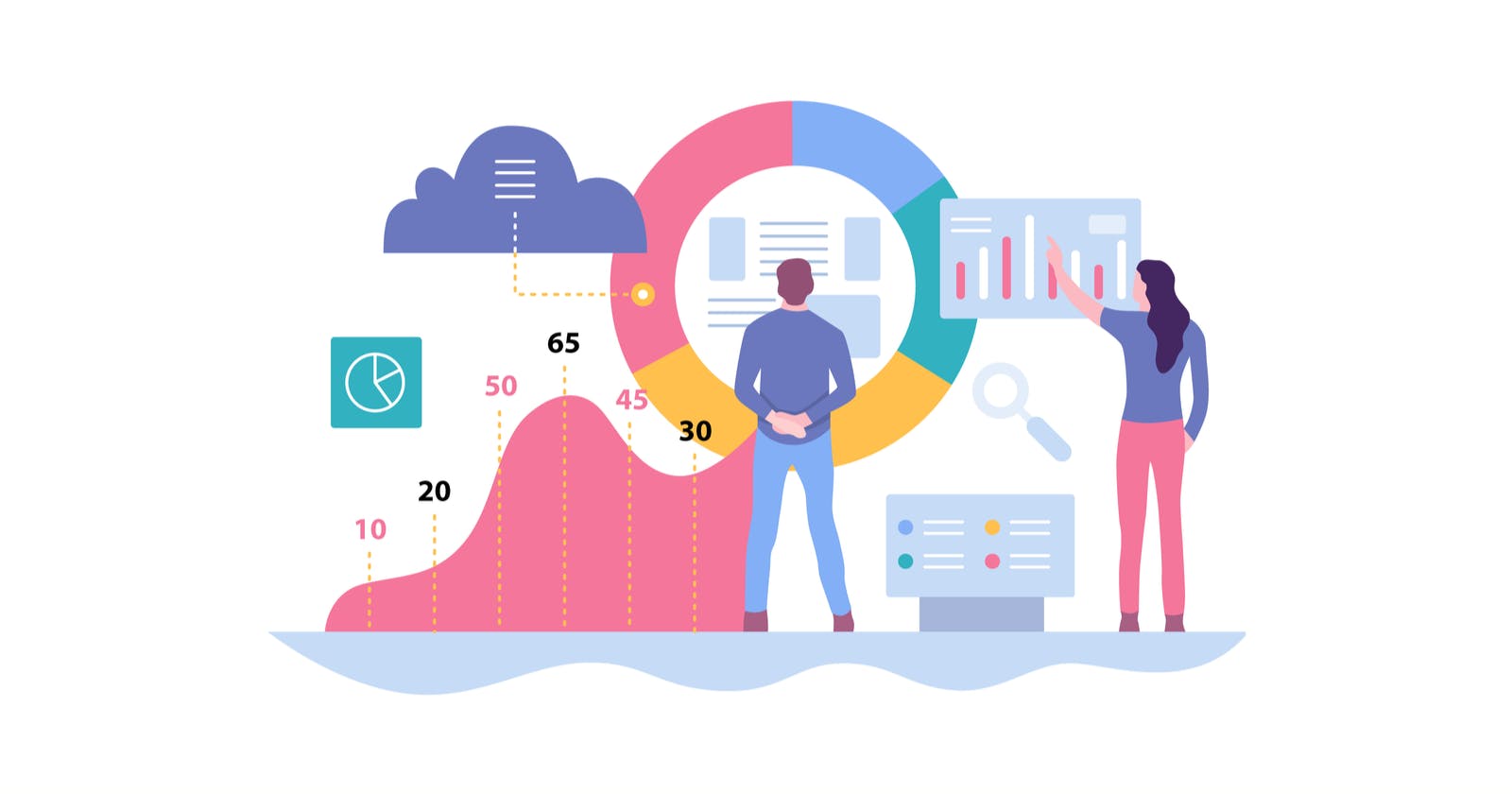Table of contents
No headings in the article.
Business analytics is a crucial part of the decision-making process for any business. It involves the collection and analysis of data to gain insights into how a business is performing, and to identify areas for improvement. The ultimate goal of business analytics is to make informed decisions that will result in increased profits, improved customer satisfaction, and better operational efficiency.
Analytics helps businesses to gain insights into customer behavior, market trends, competition, and other factors that influence their success. By analyzing data, businesses can better understand their customers’ needs, identify opportunities to improve their products and services, and develop strategies to increase sales and profitability. Business analytics also provides the insights necessary to make strategic decisions about the direction of the business, such as which markets to enter or which products to launch.
Business analytics makes use of a variety of tools and techniques to analyze data. These include predictive analytics, data mining, machine learning, and artificial intelligence. Predictive analytics uses historical data to make predictions about future trends and customer behavior. Data mining is used to uncover patterns and relationships between different sets of data. Machine learning and artificial intelligence can be used to automate tasks and provide more accurate insights. All of these tools and techniques are used to improve the decision-making process.
Business analytics can be used in a variety of ways. For example, it can be used to identify areas of opportunity, such as new markets or customer segments, and to develop strategies to capitalize on these opportunities. Business analytics can also be used to monitor the performance of existing products and services, to identify areas of improvement, and to develop strategies to optimize performance.
Business analytics can also be used to develop better customer segmentation and target marketing strategies. By analyzing customer data, businesses can identify customer segments that are most likely to respond to their marketing efforts. This can help businesses reduce marketing costs and maximize their return on investment.
Business analytics can also be used to monitor the performance of competitors. By tracking the performance of competitors, businesses can identify areas of opportunity and develop strategies to gain a competitive edge.
Business analytics can also be used to analyze customer feedback and reviews. By analyzing customer feedback, businesses can identify areas of improvement and develop strategies to address customer concerns. Business analytics can also be used to monitor the performance of employees and to identify areas of improvement in their performance.
Business analytics can also be used to monitor the performance of suppliers and to identify areas of improvement in their performance. By analyzing supplier data, businesses can identify areas of opportunity and develop strategies to optimize supplier performance.
Business analytics can also be used to analyze the performance of marketing campaigns. By analyzing data from marketing campaigns, businesses can identify areas of opportunity and develop strategies to improve their campaigns and maximize their return on investment.
Business analytics can also be used to analyze financial data and identify areas of opportunity and potential risks. By analyzing financial data, businesses can identify areas of improvement and develop strategies to improve their financial performance.
Business analytics is an essential part of the decision-making process for any business. By analyzing data, businesses can gain insights into customer behavior, market trends, competition, and other factors that influence their success. Business analytics can be used to identify areas of opportunity and develop strategies to capitalize on these opportunities. It can also be used to monitor the performance of existing products and services, to identify areas of improvement, and to develop strategies to optimize performance. In addition, business analytics can be used to analyze customer feedback and reviews, to monitor the performance of competitors, to analyze financial data, and to analyze the performance of marketing campaigns. By making use of analytics, businesses can make better decisions that will result in increased profits, improved customer satisfaction, and better operational efficiency.

